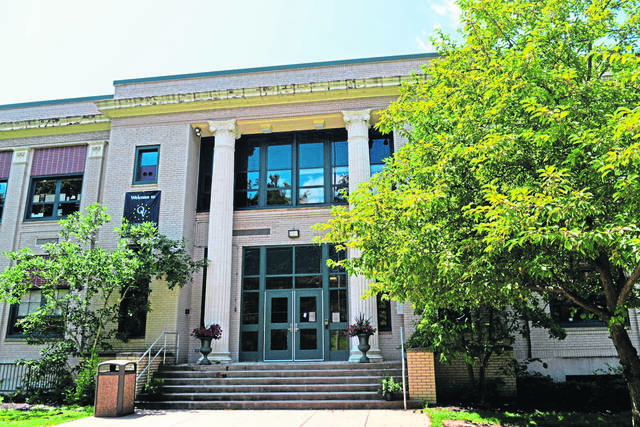Latest bond refinance brings Quaker Valley's future interest savings to $5.1 million
For the second time in less than a year, the Quaker Valley School District has taken advantage of low-interest rates by refinancing bonds originally issued for building projects.
The most recent refinancing saved about $400,000 on $6 million in bonds issued in 2016. That bond issue was part of a refinancing on money borrowed in 2010 and 2011 to pay for renovations and the expansion at Quaker Valley Middle School, according to district officials.
The refinancing dropped the interest rate on the bonds, which vary depending on when they mature, from an average of 2.875% down to an average of 0.505%, according to said Scott Antoline, the district’s director of finance and operations.
“This (latest) refinancing was a planned step to help reduce our debt burden and allow for some additional capacity to help limit future tax increases associated with our long-term capital project needs,” he said. “We were fortunate to take advantage of favorable rates and save the district taxpayers thousands in future debt payments.”
Last February, the district saved $4.7 million in future interest payments by refinancing about $27.5 million in bonds. When combined with the most recent action, the district will save about $5.1 million.
The $27.5 million in bonds that were refinanced at a lower interest rate in February included bonds that were originally issued in 2010 to pay for the renovation and expansion at Quaker Valley Middle School.
The 2020 refinancing also included bonds issued in 2005 and 2006 and refinanced in 2014, which were used to pay for elementary school renovations.
“The Board is very pleased with the results of this debt refinancing and significant savings for the district and its taxpayers,” said school board President Jonathan Kuzma. “Our finance team has been monitoring the market for such an opportunity, which resulted in savings that exceeded initial expectations.”
The board president said saving money by refinancing debt is part of the effort to “develop a fiscally responsible plan for the district’s future, including the new high school project.”
The district is in the planning stages for a replacement to its century-old high school building.
In July, officials calculated the tax impact on property owners for three options being considered.
The cheapest option calls for renovating and expanding the current building — a complex, disruptive project with a $72 million price tag that district officials say will still not address the issues with limited accessibility, traffic congestion and insufficient parking.
While more expensive, a new high school on a 150-acre site the district purchased along Camp Meeting and Little Sewickley Creek roads would better suit the current and future needs, they say.
The estimated cost for a new building is $87 million to $95 million depending on the number of features and amenities added to the project.
The district will be able to develop more precise estimates once an architect and engineer have been hired, Antilone said, adding that the board has approved seeking requests for proposals for the services.
Tony LaRussa is a TribLive reporter. A Pittsburgh native, he covers crime and courts in the Alle-Kiski Valley. He can be reached at tlarussa@triblive.com.
Remove the ads from your TribLIVE reading experience but still support the journalists who create the content with TribLIVE Ad-Free.

